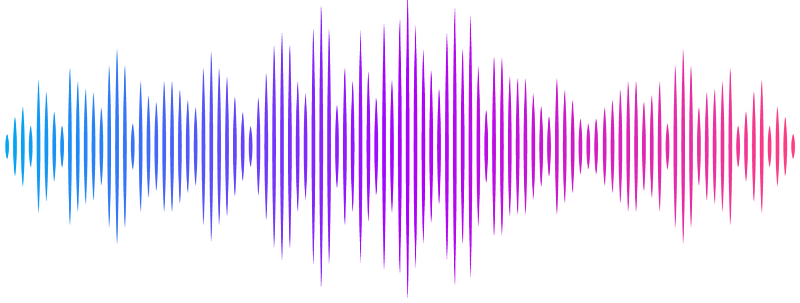tbea: tools for pre- and post-processing in Bayesian evolutionary analyses

tbea: tools for pre- and post-processing in Bayesian evolutionary analyses
Ballen, G. A.; Reinales, S.
AbstractEstimating phylogenies in which branch lengths are expressed in units of absolute time is crucial for testing hypotheses in modern evolutionary biology. However, bioinformatic tools to process data from bayesian divergence time estimation analyses are often not easily adaptable, and documenting methodological choices is not a generalized practice. The R package tbea is a toolset to integrate biological, geological and paleontological information to optimize the specification of models, their parameters and prior distributions in divergence times estimation analyses. tbea implements statistical models to (i) better translate time information in dating sources into the specified calibration densities, (ii) improve comparisons between prior and posterior distributions for parameters of interest, (iii) carry out inference on origination times for a collection of posterior distributions, (iv) summarize different distributions into a single one, useful e.g. when building secondary calibrations, and (v) improve the reproducibility of divergence time estimation analyses allowing users to document methodological choices. We illustrate the package functionalities by carrying out two worked examples. One on the phylogenetic relationships and divergence time estimation of South American Saber-Tooth Characins of the family Cynodontidae, and another one on the separation time of drainages East and West of the Andes in South America during the Neogene. It is expected that the tools herein available will be key when estimating events in time from collections of point estimates, as well as the combination of different posterior densities from the same parameter are useful to justifying the selection of secondary calibration points, or discussing the timing of biogeographic events when multiple sources are available.


